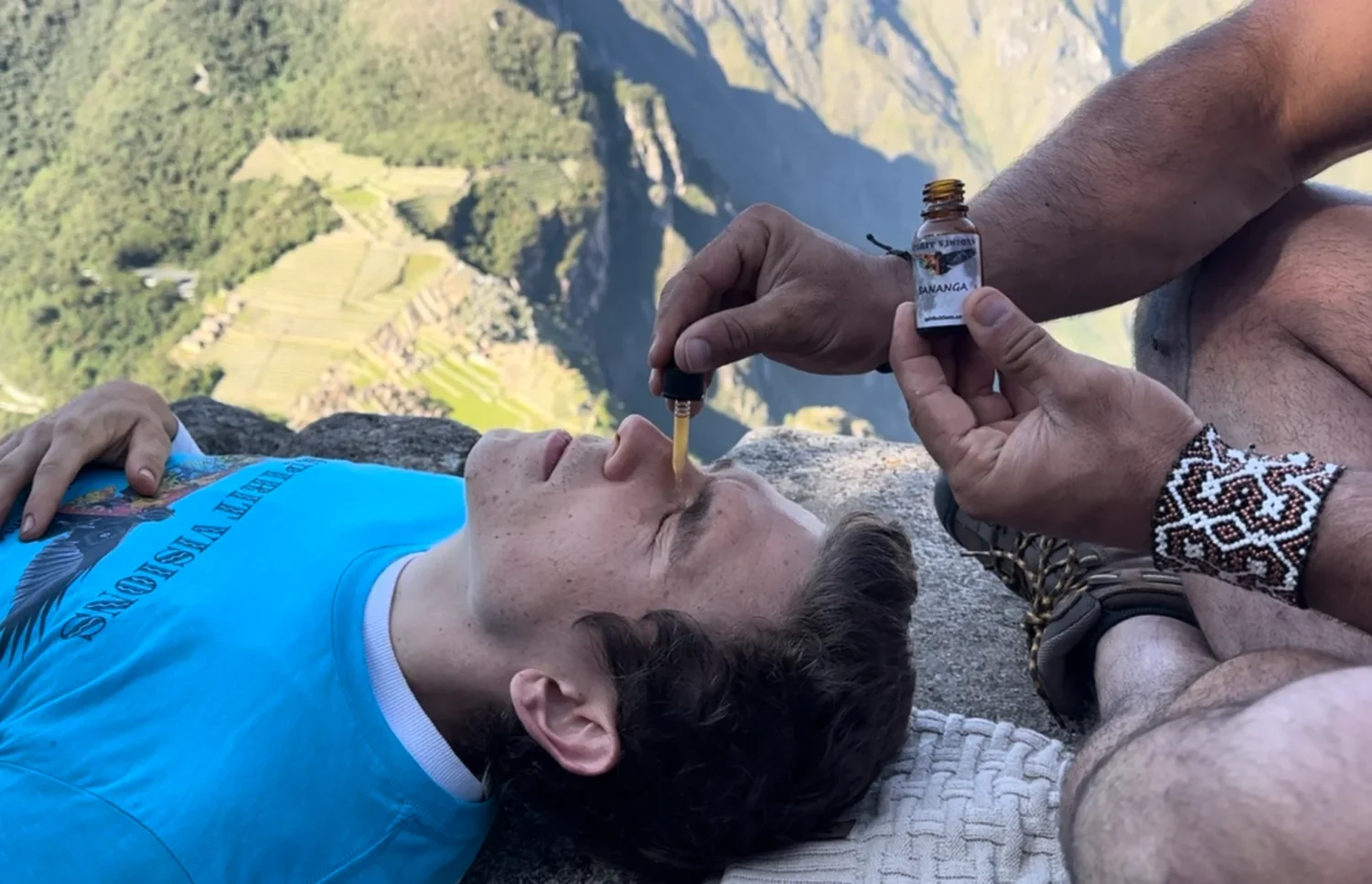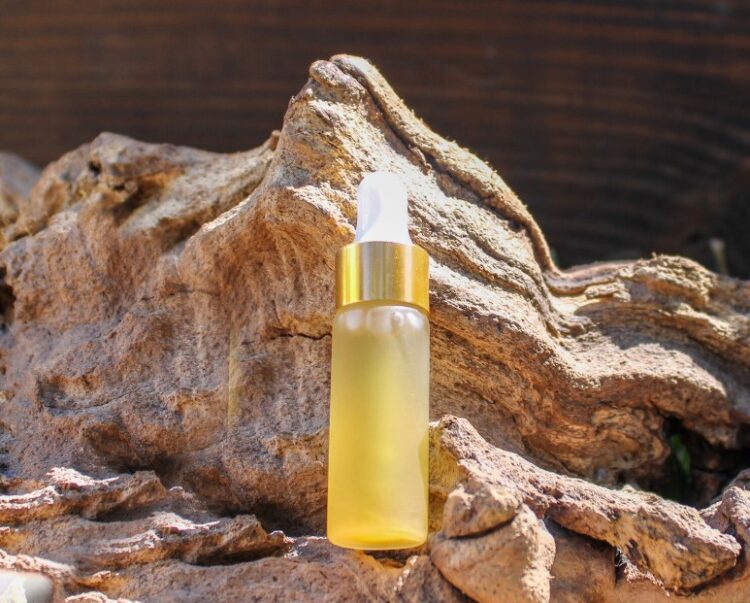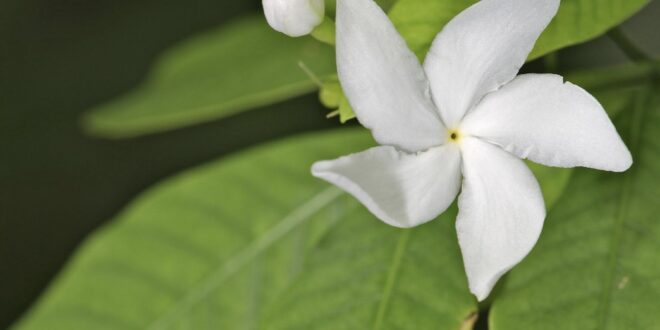Sananga, a powerful and sacred plant medicine, has roots deep in the indigenous tribes of the Amazon basin. This traditional remedy, extracted primarily from the roots of the Tabernaemontana undulata or sananho shrub, has been a cornerstone in tribal healing and spiritual practices for generations.
Its use extends beyond mere physical healing, delving into realms of spiritual enlightenment and emotional cleansing.
Chemical Composition and Extraction Process
The effectiveness of sananga eye drops is attributed to their unique chemical composition. These drops contain alkaloids, including ibogaine, which are recognized for their potential therapeutic properties. To prepare Sananga, the roots of the Tabernaemontana plant are first harvested, then thoroughly cleaned and finely shaved into small pieces.
These shavings are mixed with clean water. The Sananga is extracted by pressing this mixture through a mesh bag, resulting in a bright yellow liquid that forms the eye drops.
Healing Properties ─ Physical and Spiritual Dimensions
Sananga’s healing abilities are both physical and spiritual. Physically, it is renowned for its ability to treat eye conditions, such as glaucoma, cataracts, and even improve vision. Spiritually, it is believed to cleanse the inner sight, or “third eye,” allowing for deeper insight and clarity of mind. This dual action makes Sananga a revered medicine in indigenous cultures, offering both tangible and intangible benefits.

Ceremonial Use and Ritual Significance
In traditional settings, Sananga is more than a medicine; it is a key component of sacred rituals. These ceremonies, often led by shamans or healers, involve the application of Sananga in a ritualistic manner, seeking not just physical healing but spiritual awakening. Participants may experience intense sensations, believed to be part of the cleansing and purifying process of the mind and spirit.
Modern Adaptations and Global Spread
In recent years, Sananga has transcended its indigenous roots, capturing the interest of the global holistic health community. Its application has adapted to modern needs, often used in conjunction with other healing practices like meditation and yoga.
This integration has sparked a debate about cultural appropriation versus appreciation, highlighting the need for respectful and informed use of this sacred medicine.
Challenges, Controversies, and Ethical Considerations
The increasing popularity of Sananga also brings challenges and controversies. Questions about sustainability, ethical sourcing, and the potential for misuse are at the forefront of discussions among practitioners and enthusiasts. Ensuring that the use of Sananga honors its cultural origins and is environmentally sustainable is crucial for its future.

Interplay with Other Plant Medicines and Holistic Practices
Sananga’s role in holistic health is not isolated. It often interacts with other plant medicines like Ayahuasca, another Amazonian brew known for its transformative spiritual experiences. When used together, these medicines are believed to enhance each other’s effects, leading to deeper healing and spiritual insights.
In holistic practices, Sananga is also combined with methods like breath-work, sound therapy, and aromatherapy, creating a synergistic approach to wellness that addresses multiple facets of human health.
Personal Experiences and Anecdotal Evidence
The impact of Sananga extends into the realm of personal transformation. Numerous anecdotal reports describe profound shifts in perception, emotional release, and heightened senses following its use.
While scientific research on Sananga is limited, these personal accounts offer a glimpse into its potential impact on mental and emotional well-being. They emphasize the importance of individual experience in understanding the full scope of Sananga’s effects.
 Hi Boox Popular Magazine 2024
Hi Boox Popular Magazine 2024



